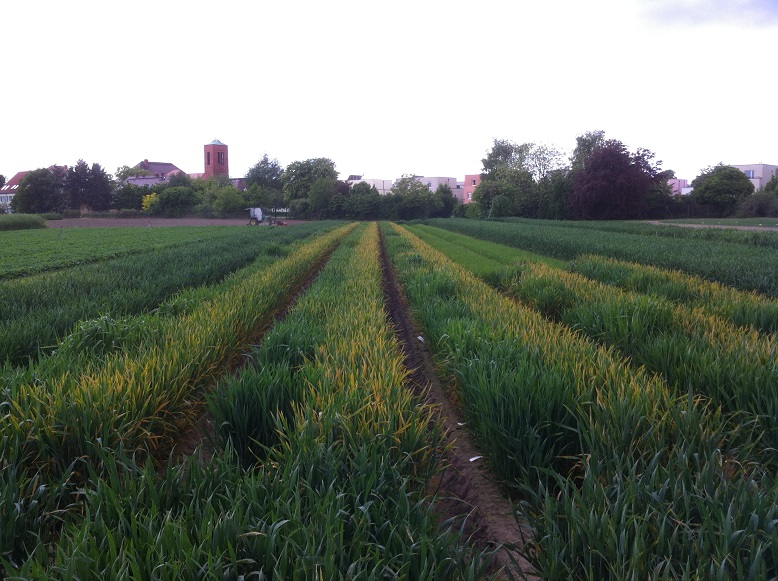Streamlining pest and disease data to advance integrated pest management
This use cases addresses challenges in pests and diseases management.
Partners:
Federal Research Centre for Cultivated Plants (JKI)
Zentralstelle der Länder für EDV-gestützte Entscheidungshilfen und Programme im Pflanzenschutz (ZEPP)
Informationssystem für die integrierte Pflanzenproduktion (ISIP e.V.)
Background

Crop protection aims to minimize yield losses due to pests and diseases (P&D). However, there is increasing scientific and public concern regarding the use of pesticides. Accordingly, the farm-to-fork strategy of the EU targets a 50% reduction in the use of pesticides by 2030. Integrated pest management (IPM) aims at minimizing the use of pesticides and related environmental impacts by utilizing versatile crop management options, including decision support systems (DSS). IPM may thus help to minimize related trade-offs. Despite increasing efforts from policy, science and extension regarding the promotion of IPM, its resounding success has so far not been achieved. One major reason lies in the lack of findability, standardization, accessibility and integration of IPM-related data, models and respective decision support. There are several major challenges regarding RDM of P&D data, which are mainly data from yield-loss trials, epidemiological experiments, and P&D infestation data. First, comparison and integration of data is challenged by differences in experimental design (e.g., regarding control treatments) and disease assessment procedures (i.e., timing, scale, sample size). Second, information on the existence and potential accessibility of specific P&D data in Germany is insufficient. Third, different types of models for IPM-related decision support exist, building on the above-described data. However, there is a lack of integrated decision support for plant protection that considers the potential yield loss and environmental risk of pesticide application. The future integration of different types of models is therefore of vital importance to advance IPM-related decision support and make IPM work. Finally, the interplay of continuous crop genetic adaptation, agronomic management changes, climatic changes, landscape level effects and P&D evolution is highly complex and requires a solid database that can be utilized effectively through data integration, analysis and modelling by the research community.
Objectives
To overcome the above-described RDM-related limitations and challenges in current P&D research in Germany, this UC has three main objectives:
- Develop guidelines for standardization of yield loss trials
- Establish an inventory for and improve the accessibility of IPM-related data
- Integration of P&D models and crop yield models
More use cases
Use case 1: Exploiting genotype × location × year × management interactions for sustainable crop production
Use case 2: Assessing tradeoffs for optimal crop nitrogen management
Use case 3: Streamlining pest and disease data to advance integrated pest management
Use case 4: Learning from incomplete data
Use case 5: Noninvasive phenotyping with autonomous robots
Use case 6: Automated data flows for crop simulation models

